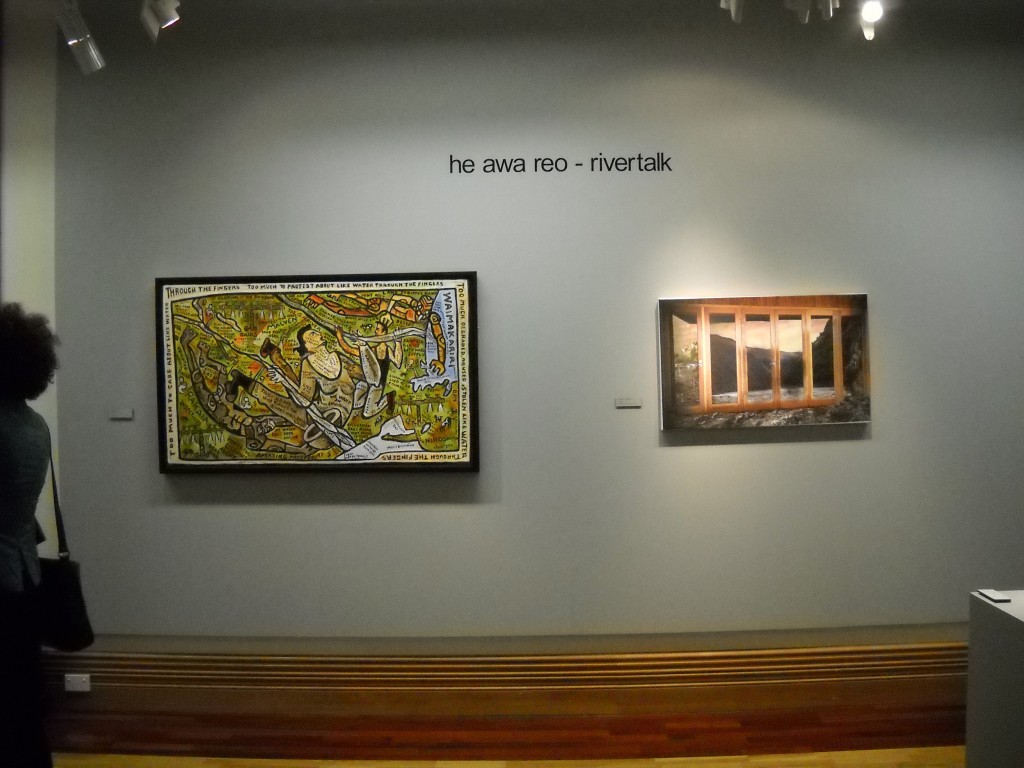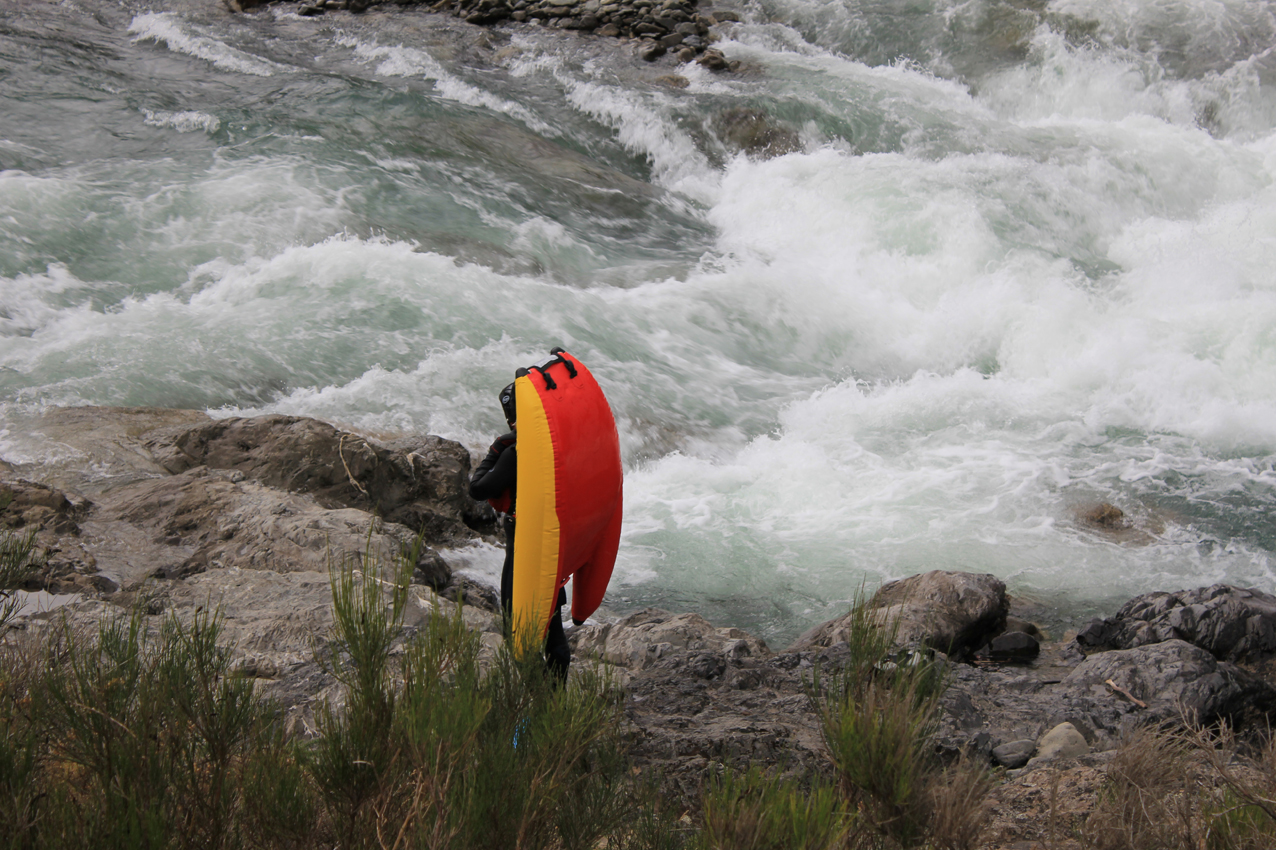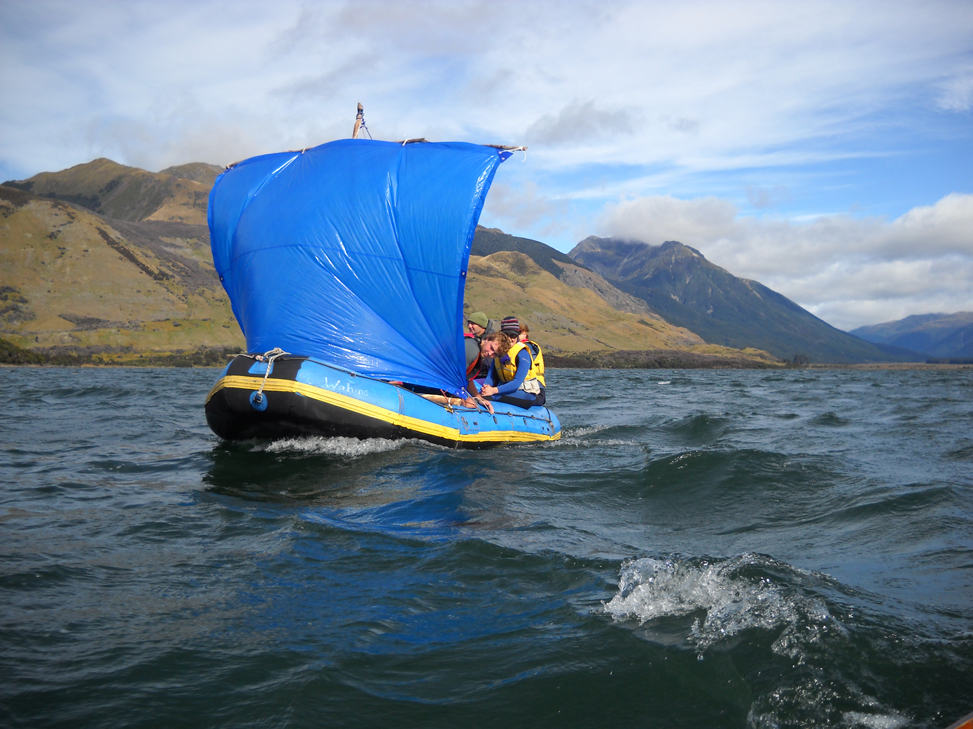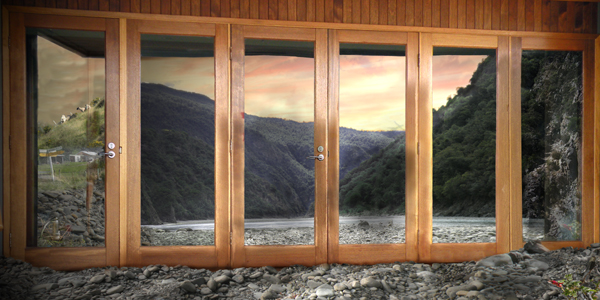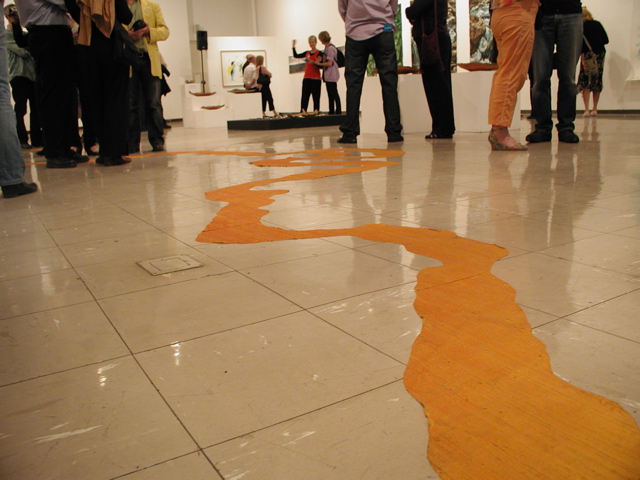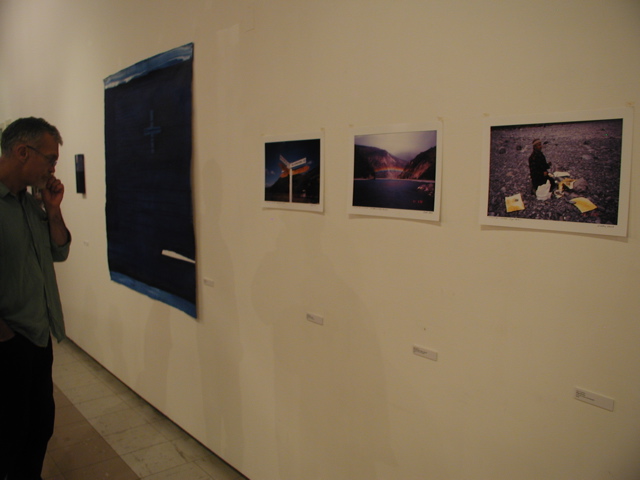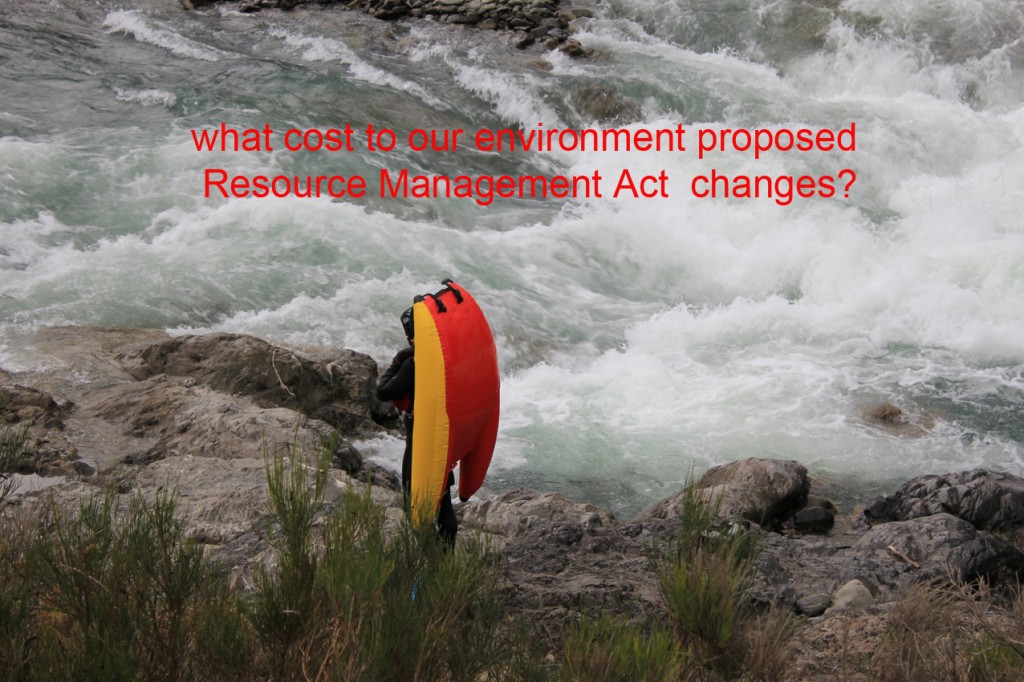 Will you be happy to take your family picnicking down at the enhanced river, now a concrete buttressed irrigation ditch? Would it not be more to your liking to take them to a free flowing, grass edged, gravel bottomed, crystal clear river that is safe to swim in. We believe that water has to be cared for (not solely managed for profit) and allowed to express itself without further abstraction or intervention, floods and all. This should be the life of a river, not having it’s peek flows stolen along with it’s health. When our rivers can no longer enjoy the spontaneous flushes that bring cleanliness and vigor to the ever evolving veins of our land, this will a sad day. If we go down the path of ever increasing irrigation, Canterbury will end up with little left of the beauty of our rivers, becoming like China where 28,000 rivers and streams have recently disappeared. We cannot continue extracting water as we have over the last 20 years, without major consequences.
Will you be happy to take your family picnicking down at the enhanced river, now a concrete buttressed irrigation ditch? Would it not be more to your liking to take them to a free flowing, grass edged, gravel bottomed, crystal clear river that is safe to swim in. We believe that water has to be cared for (not solely managed for profit) and allowed to express itself without further abstraction or intervention, floods and all. This should be the life of a river, not having it’s peek flows stolen along with it’s health. When our rivers can no longer enjoy the spontaneous flushes that bring cleanliness and vigor to the ever evolving veins of our land, this will a sad day. If we go down the path of ever increasing irrigation, Canterbury will end up with little left of the beauty of our rivers, becoming like China where 28,000 rivers and streams have recently disappeared. We cannot continue extracting water as we have over the last 20 years, without major consequences.
The fundamental change is from environmental protection to economic development.
We oppose the proposed changes to the New Zealand Resource Management Act which will mean the public has no say to proposed economic exploitation of our rivers, lakes and national parks and seas. These changes will fast track development and do away with our democratic right to have input into what happens to our environment.
We have some serious concerns about the proposals.
The government states “the proposed reforms are designed to:
• increase ease of use, certainty and predictability of the system
• reduce necessary duplication and cost
while
• improving important environmental and other outcomes and
• safeguarding the role of local government representing the interests of their communities”
The proposals, however, would undermine those stated purposes because they would:
• marginalise or constrain the participation of individuals and communities
• extend central government powers to intervene in and amend local planning processes
• weaken the wording and requirements for ensuring that decisions are made to primarily protect, preserve, maintain and enhance our environments
• fundamentally change the context of the RMA from environmental protection to economic development.
We would suggest that existing legislation, the Resource Management Act, should be strengthened, not amended. We support sustainable management and careful stewardship providing for our own and future generations. We believe that the current RMA, supports these goals and should be left alone.
What price to our environment the following Resource Management Act proposed changes?
We made the following submission on the proposed changes to the Resource Management Act (1991).
We do not agree with the proposals in 3.1.1 – 3.1.4
We oppose changes to important principles contained in sections 6 and 7 of the RMA.
We oppose the deletion of 6(a) The preservation of natural character of the coastal environment, wetlands, and lakes and rivers and their margins from inappropriate subdivision, use and development; 6(b) The protection of outstanding natural features and landscapes from inappropriate subdivision, use and development; 6(c) The protection of areas of significant indigenous vegetation and significant habitats of indigenous fauna.
We oppose the deletion of existing matters eg 7(aa) the ethic of stewardship; 7(c) the maintenance and enhancement of amenity values; 7(d) intrinsic values of ecosystems; (7f) maintenance and enhancement of the quality of the environment; 7(g) any finite characteristics of natural and physical resources.
We disagree with 3.2.4 Empowering faster resolution of Environment Court proceedings.
We oppose the proposed limits on appeal rights and the reduction in role of the Environment Court. The Court currently provides important independent expert oversight of consent and planning processes.
We oppose 3.3.2 – 3.3.11
WE disagree with these proposals, which reduce public participation in resource consent applications and deny the public input in decisions which affect our environment and us all.
This in our opinion will not improve our resource management system but allow decisions that erode democracy and our already polluted waterways.
Artists for Save Our Water.





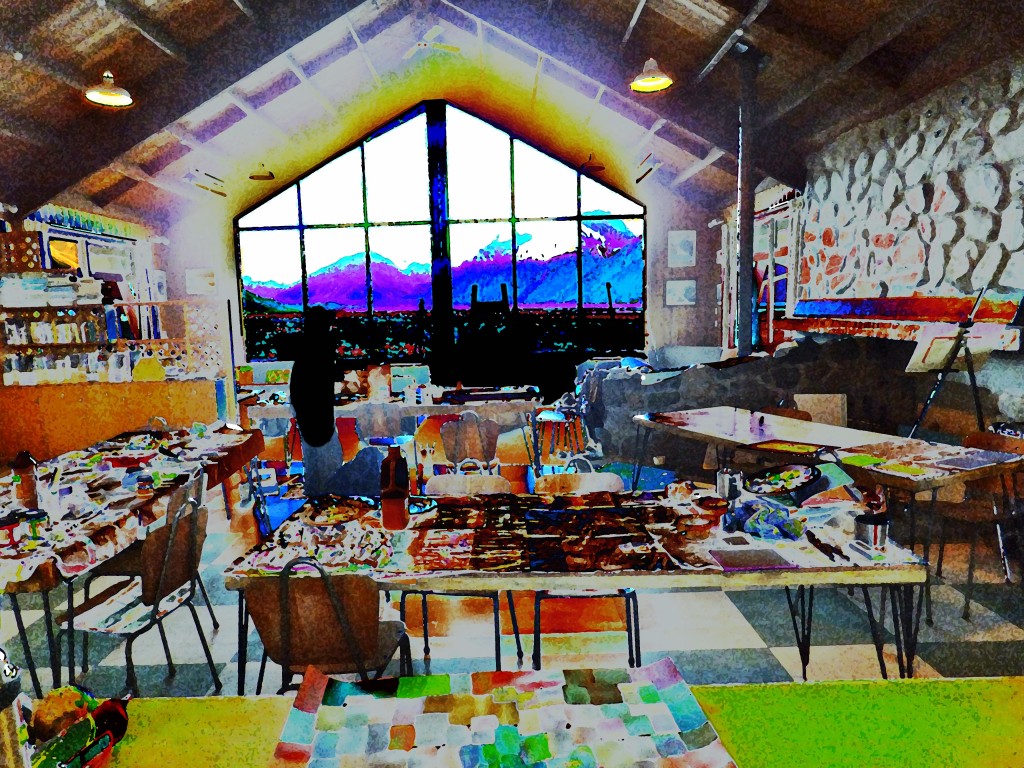




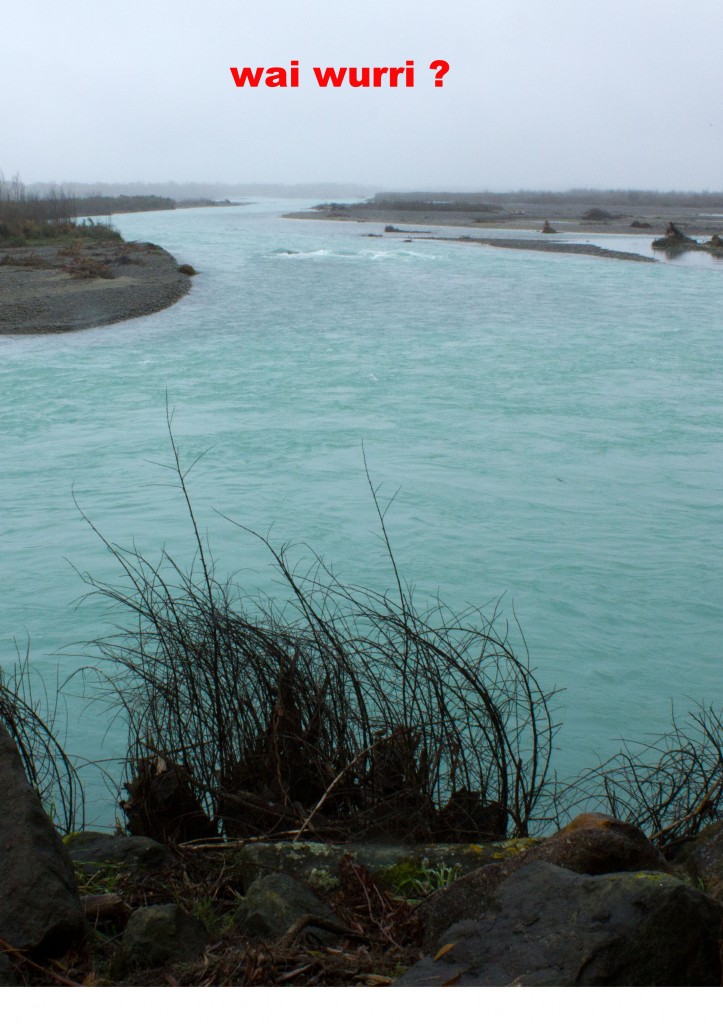
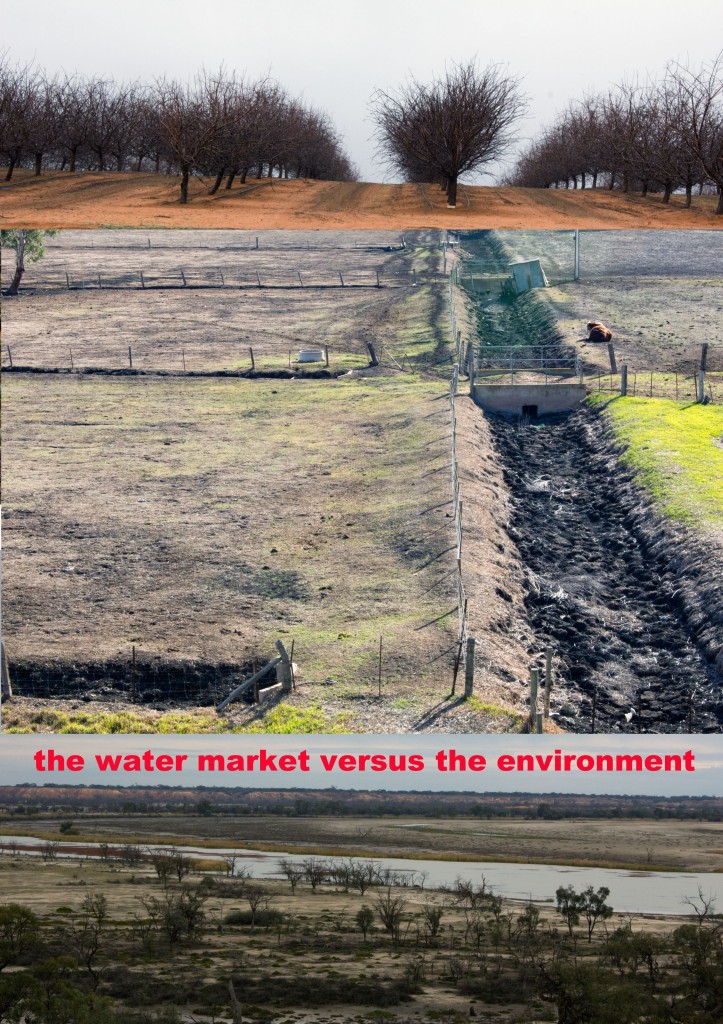

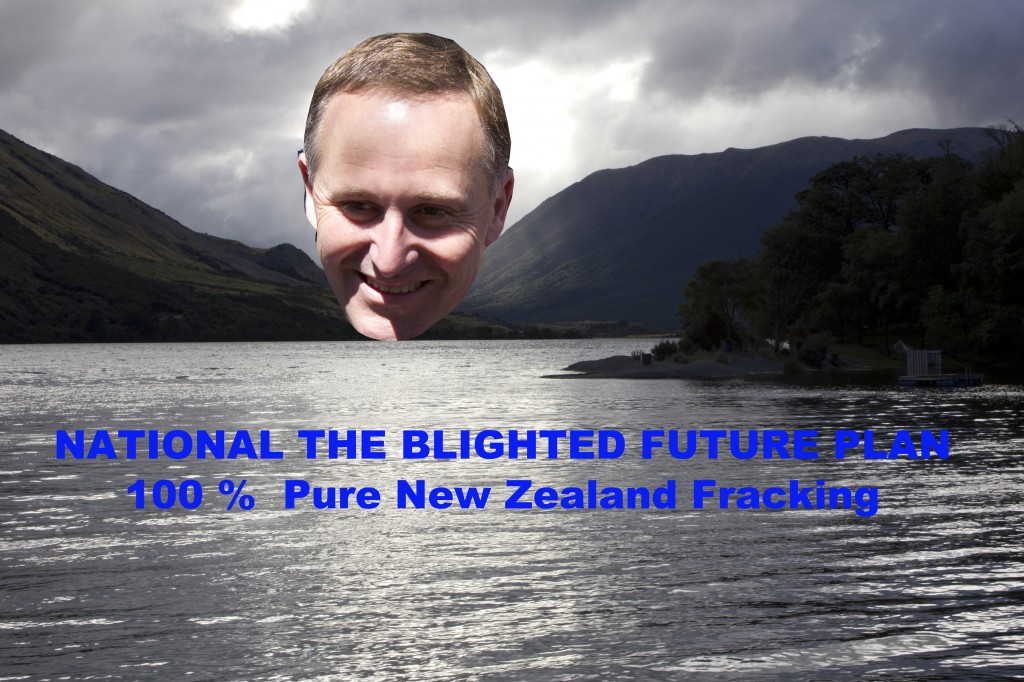
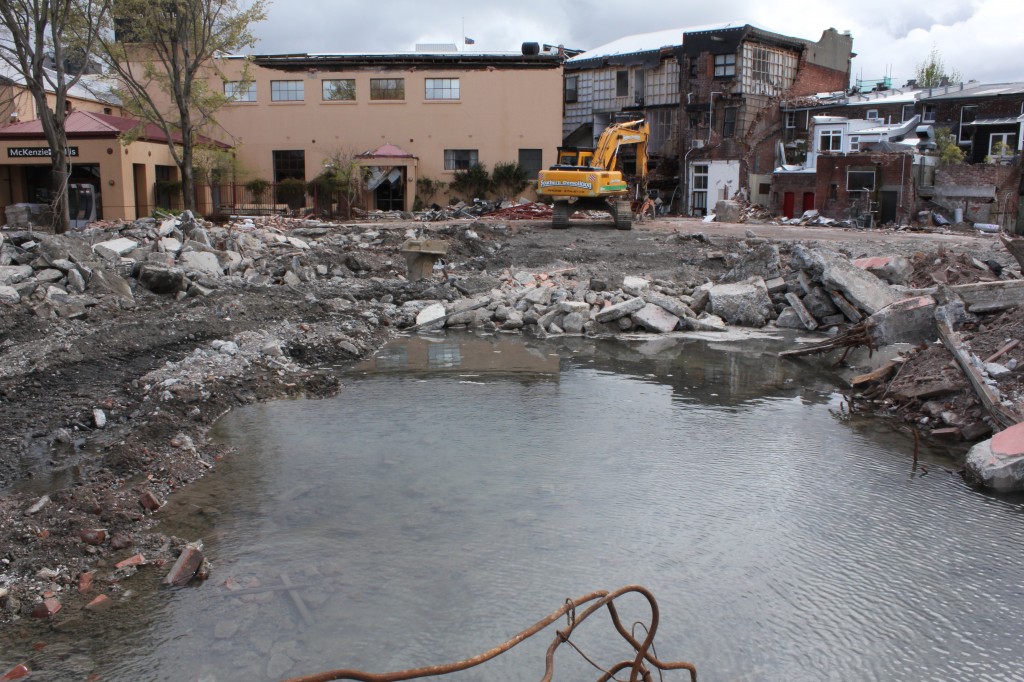

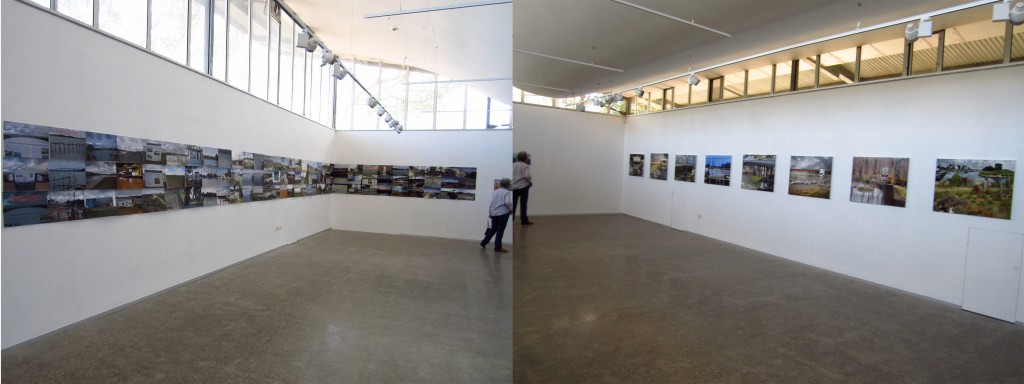
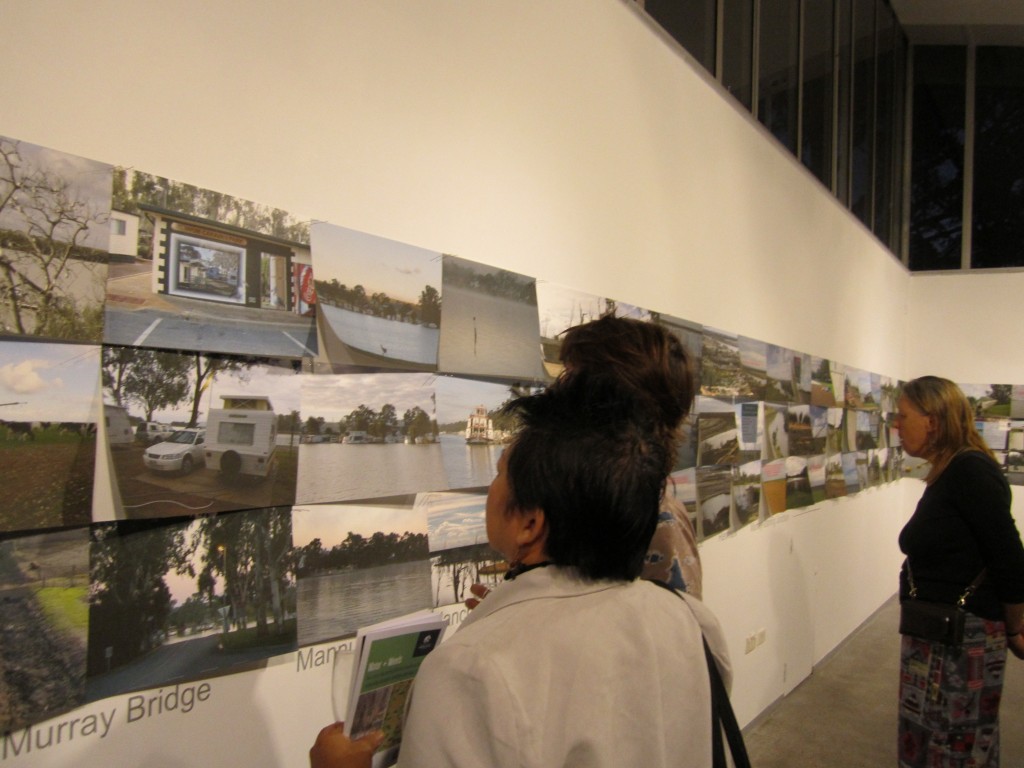
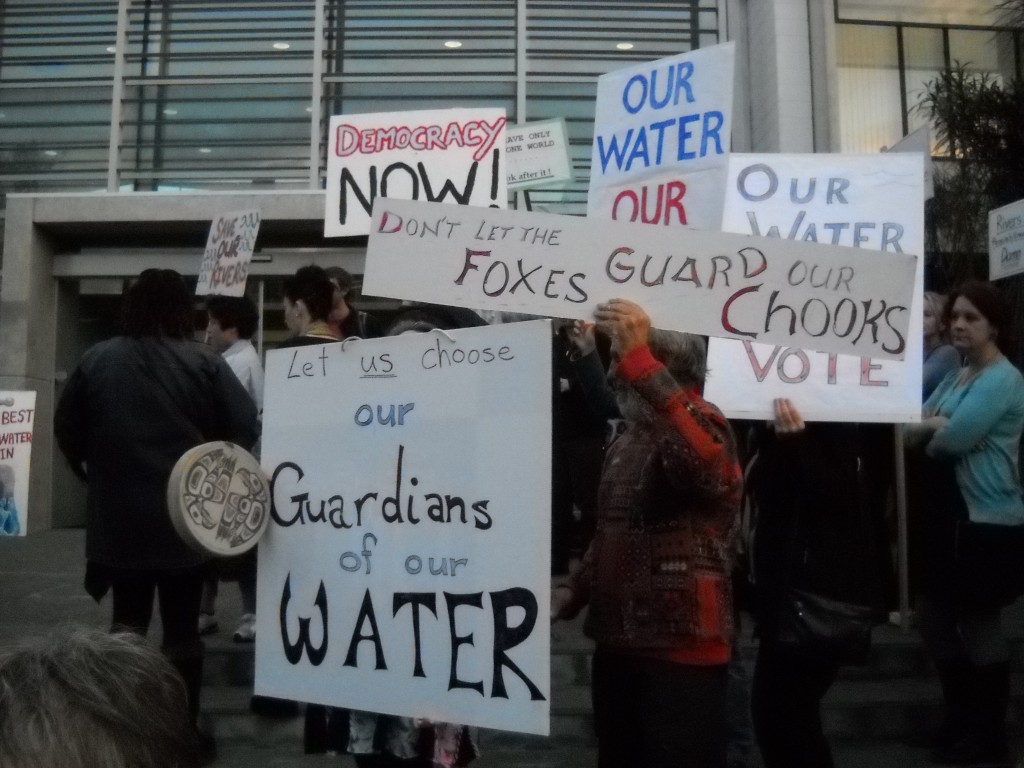




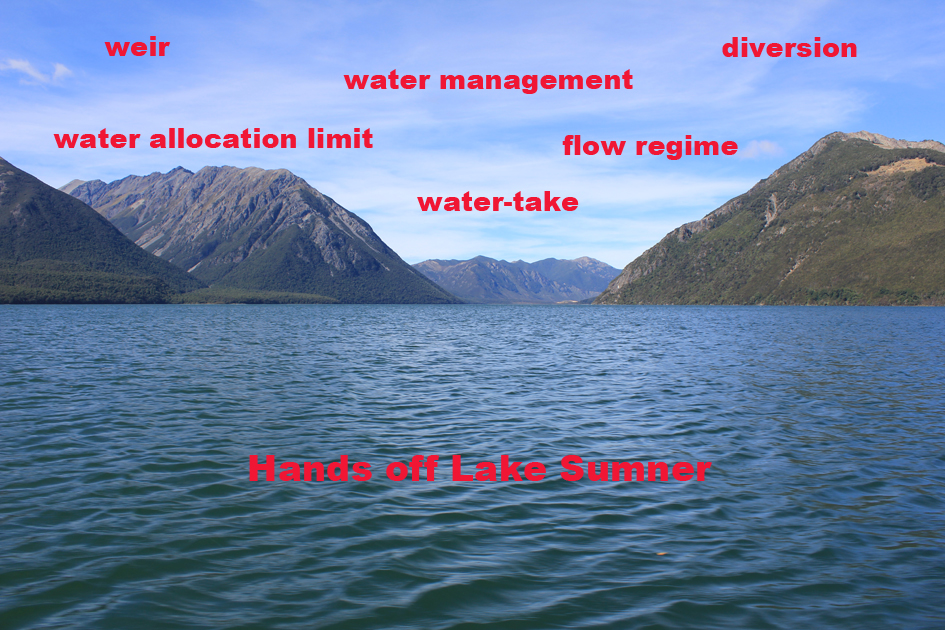



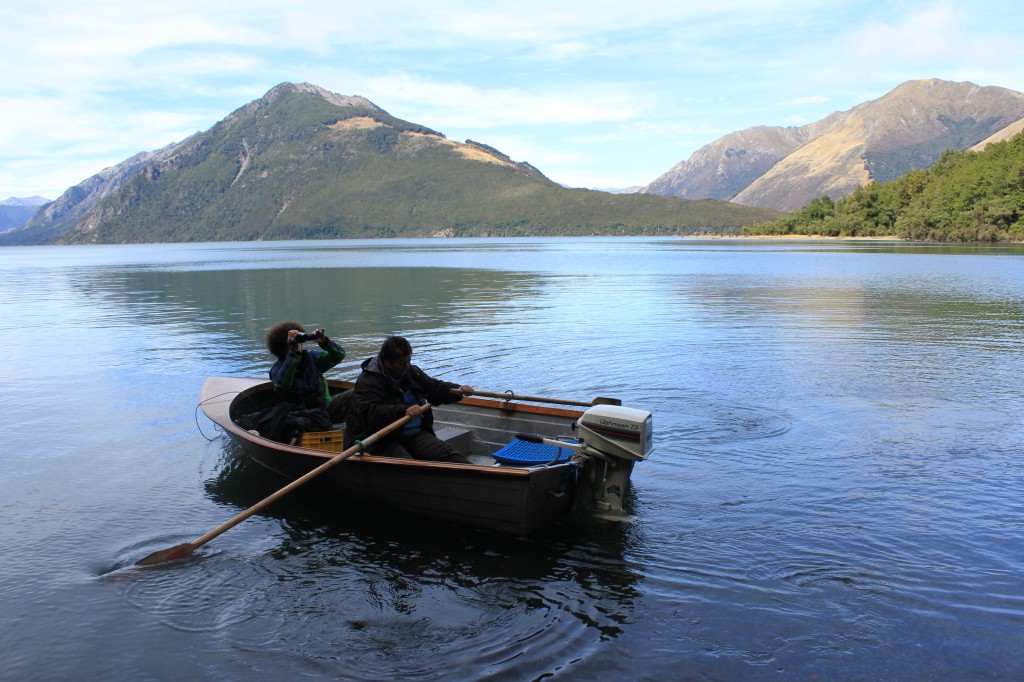
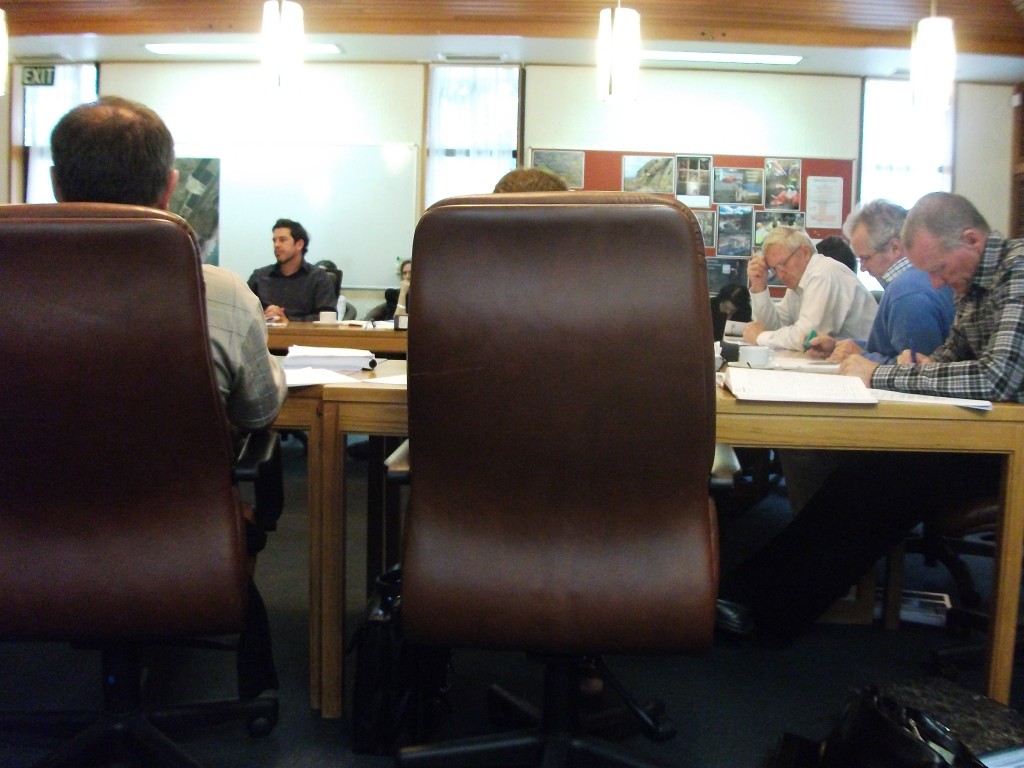
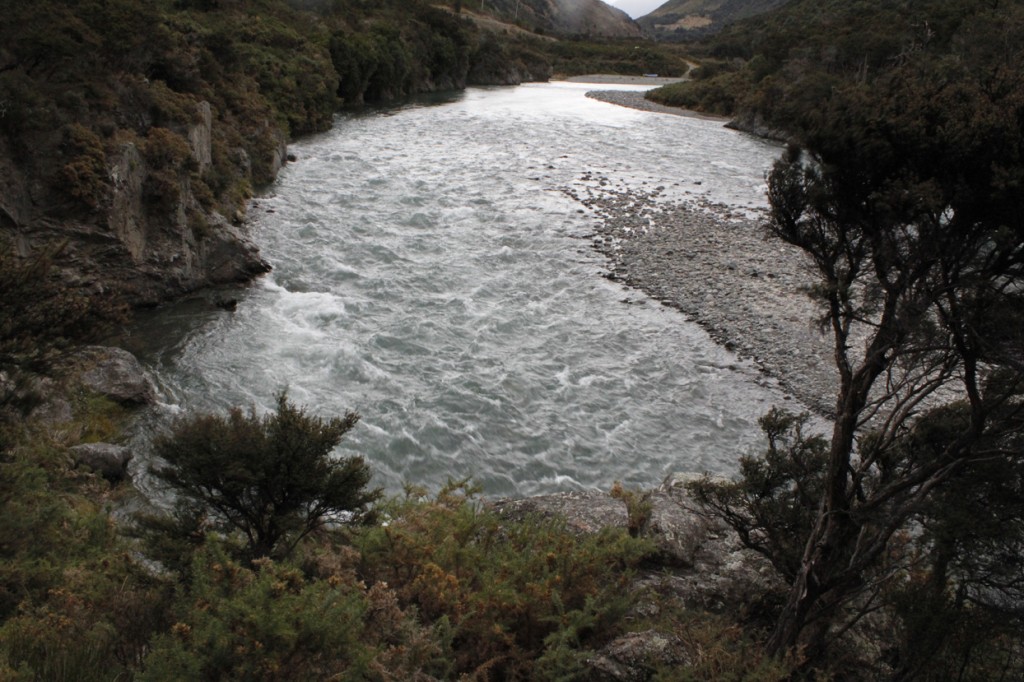

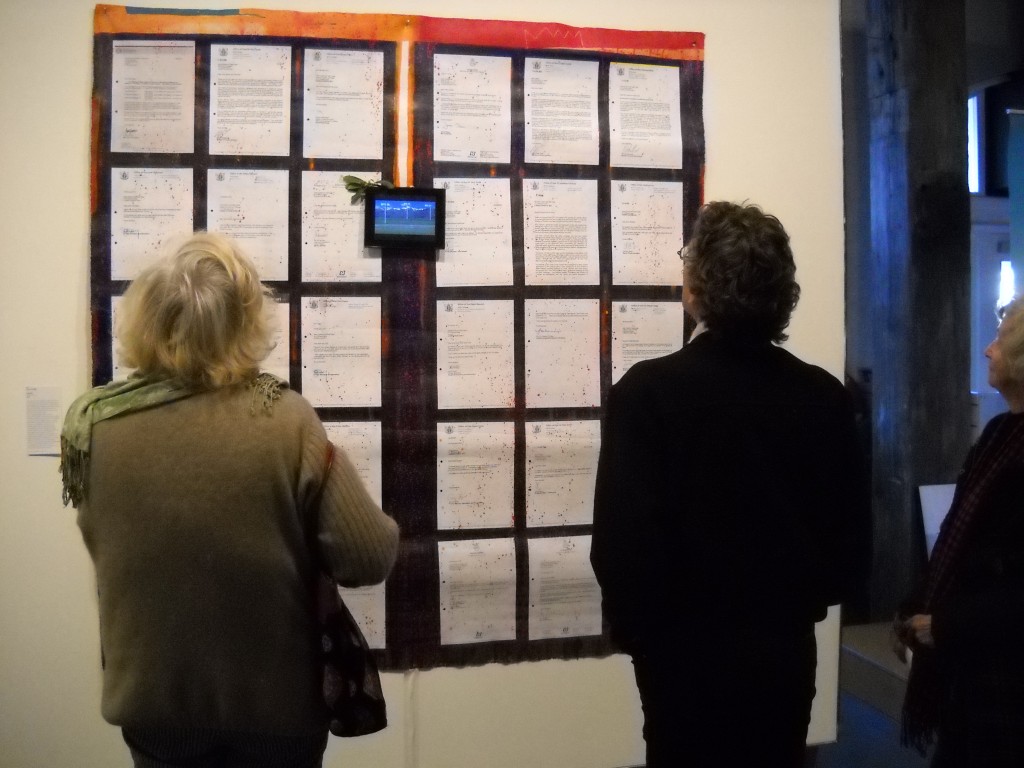




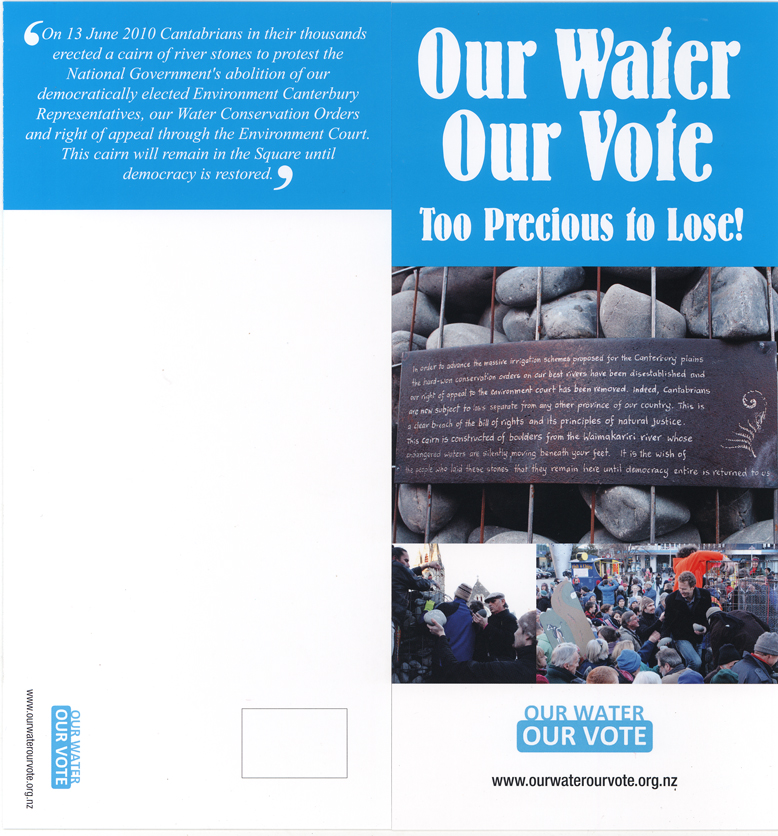
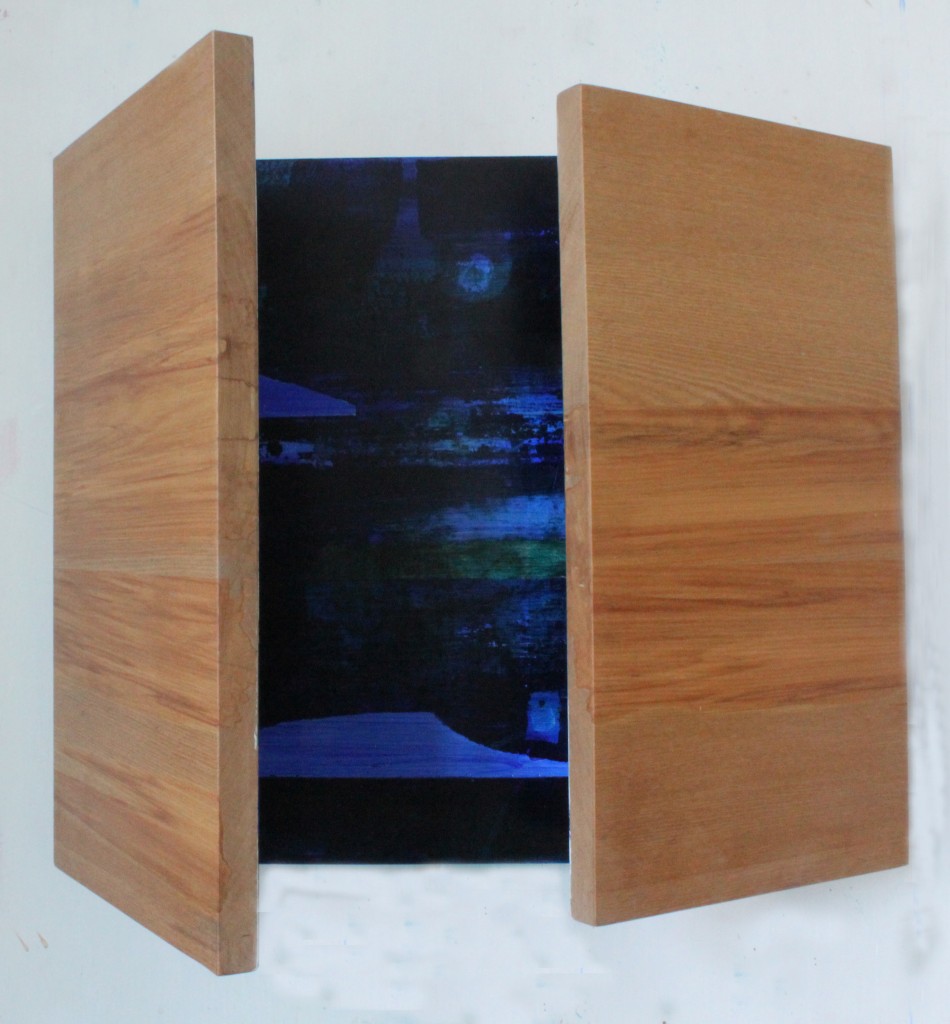
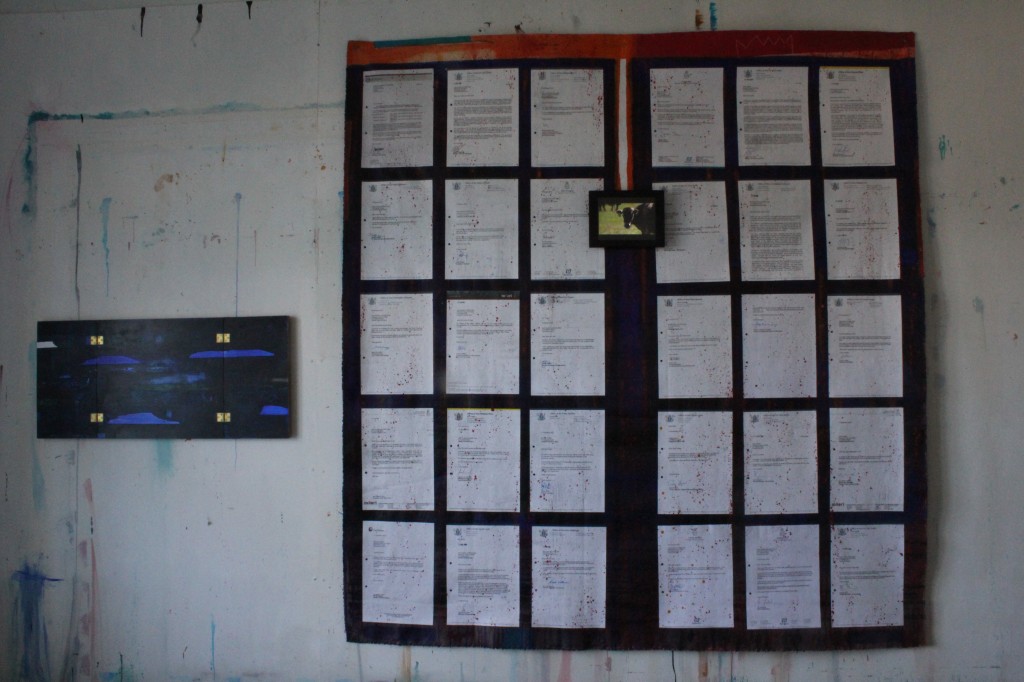
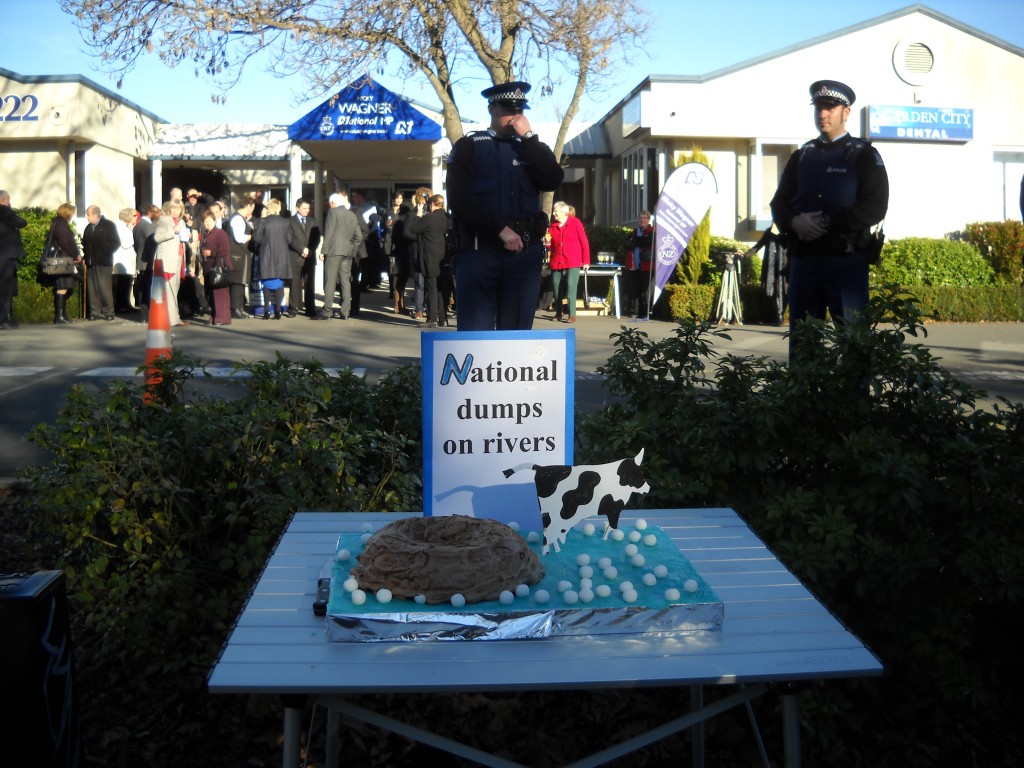 The police would not allow demonstrators to present John Key with a cake in the shape of a cow pooh at the occasion of Nicky Wagner celebrating the opening of her new office. The guest of (dis)honour was the PM John Key and the protesters who included the young man who jumped on the PM’s car and now has a $7000 fine, wanted John Key to know just how concerned we are about his actions on water and taking away our local body Environmental Canterbury vote. One of the demonstrators had come all the way from Waimate where her artesian well has been poisoned with e coli by nearby intensive dairy farming.
The police would not allow demonstrators to present John Key with a cake in the shape of a cow pooh at the occasion of Nicky Wagner celebrating the opening of her new office. The guest of (dis)honour was the PM John Key and the protesters who included the young man who jumped on the PM’s car and now has a $7000 fine, wanted John Key to know just how concerned we are about his actions on water and taking away our local body Environmental Canterbury vote. One of the demonstrators had come all the way from Waimate where her artesian well has been poisoned with e coli by nearby intensive dairy farming.

